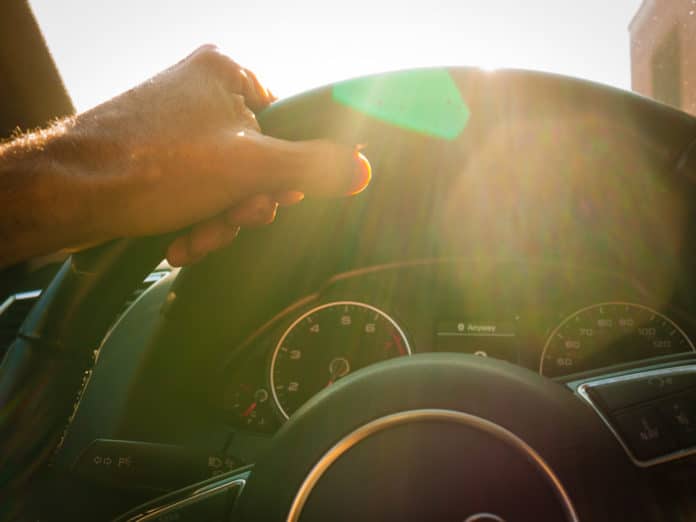We get things wrong sometimes. Not often, but when we do, we have highly informed readers who set us straight.
We had previously stated in our “3 Things We Like” that UV goes through car windshields and this causes the skin on one’s hands to be at risk of sun damage.
We were wrong.
It took Bill A only a few minutes to send us this:
Just a comment on the link in this round’s email titled, Driving Anti UV Gloves. The statement it makes that “The car windshield does nothing to block UV” is misleading if not untrue. I would suggest doing more research before making such claims especially if it links to a product.
A quick online search provides many sources to dispute this claim. Here is one:
“The best type of UV protection glass that is used for automobiles is called laminated glass. It is made of 2 layers of glass and 1 plastic layer in the middle. It is able to filter out 95-99% of UV A and B rays. But it is usually only used in the front car window.
Non-laminated glass is used for side and rear windows. They do filter most of UVB; however they allow up to 60-70% UVA to pass through.
Tinting the non-laminated glass may further reduce 15-30% of UVA. You can do that with your non-laminated glass in a local auto shop but just have to make sure it allows at least 70% minimum visible light transmittance through the windshield.”
This would explain why I have more sun damage on the right side of my face than the left. I had falsely assumed that all car window glass was the same, and now we know it’s not.
Digging a bit further, we found this: “One study noted a 93 percent reduction in skin cell death when UV exposure was filtered through UV-absorbing auto glass.” Reference below.
Personally, I am tremendously relieved by this, as perhaps Michael Jackson can pull off the white glove routine, and perhaps the meticulous taxi drivers of Tokyo can also, but I am dubious anyone else can.
Thanks to Bill A and Andrew L who got it right.
Reference: Bernstein EF,Schwartz M,Veihmeyer Retal. Measurement of protection afforded by ultraviolet-absorbing window film using an in vitro model of photodamage. Lasers in Surg & Med 2006; 38(4):337-42.


